|
L'utilisation des thérapies médicales complémentaires et alternatives médicales en tant que thérapies complémentaires continuera de croître et les patients méritent la volonté d'utiliser toutes les approches possibles pour améliorer leurs résultats:
RÉFÉRENCE:
Cancer Prev Res (Phila). 2015 Feb;8(2):139-48. doi: 10.1158/1940-6207.CAPR-14-0128. Epub 2014 Nov 21. Combined use of vitamin D3 and metformin exhibits synergistic chemopreventive effects on colorectal neoplasia in rats and mice. Li W1, Wang QL2, Liu X2, Dong SH2, Li HX2, Li CY2, Guo LS2, Gao JM2, Berger NA3, Li L4, Ma L5, Wu YJ6. Les personnes hypercholestérolémiées ont besoin d'une plus grande quantité d'antioxydants pour réduire le niveau d'oxydation. Aujourd'hui, plus de 40 substances orthomoléculaires ont été testées et ont prouvé aider les personnes souffrant d'hypercholestérolémie. Des preuves cliniques existent également sur l'efficacité de l'utilisation de suppléments dans les troubles lipidiques. Aujourd'hui, on parle de la vitamine E et le niveau de cholestérol total! Les effets de trois doses différentes de suppléments de tocophérol (100 UI / jour, 200 UI / jour, 300 UI / jour) pendant 4 mois chez les femmes chinoises atteintes de syndrome métabolique:
RÉFÉRENCE:
Veuillez lire l'article complet (en anglais seulement) : Int J Vitam Nutr Res. 2010 Jun;80(3):178-87. doi: 10.1024/0300-9831/a000015. Effects of vitamin E on plasma lipid status and oxidative stress in Chinese women with metabolic syndrome. Wang Q1, Sun Y, Ma A, Li Y, Han X, Liang H. Abstract Following the change of dietary structure and living style, metabolic syndrome (MetS) has become increasingly common in China, especially in women, who have abnormal plasma lipid profiles with increased levels of oxidative stress. Vitamin E (VitE) is a powerful chain-breaking antioxidant, which may be a protective factor against oxidative stress-related diseases. This study investigated the effects of three different dosages of tocopherol supplementation (100 IU /day, 200 IU /day, 300 IU /day) for 4 months in Chinese women with MetS. The plasma VitE concentrations increased significantly after the 4 months of supplementation (p < 0.01). The protective decreases in plasma total cholesterol were significant in 200 IU/day and 300 IU/day VitE groups (p < 0.05), but decreases in high-density lipoprotein cholesterol were also significant in all the supplementation groups (p < 0.05). Plasma triglycerides were unaltered (p > 0.05). The indicators of oxidative stress decreased substantially in all of the VitE supplementation groups: malondialdehyde (MDA) was reduced by nearly 50 percent (all groups, p < 0.001), erythrocyte hemolysis was decreased by nearly 40 percent (all groups, p < 0.05); among which the 300IU/day VitE group showed the most significant effect. However, the activity of superoxide dismutase (SOD) decreased after the trial (p < 0.001). VitE provided marked benefits in reducing oxidative stress levels and improving lipid status in women with MetS. Although no dose-effect relationship was observed, 300 IU VitE per day showed the optimal effect. Research is needed to identify potential protective mechanisms or utilization of vitamin E during MetS. Beaucoup de patients atteints de cancer du sein se tournent vers des thérapies médicales complémentaires, comme les antioxydants, les minéraux, les phytochimiques, les oméga 3, etc. Ces molécules présentent une option prometteuse pour la chimioprévention naturelle, sont moins toxiques et ont des propriétés antioxydantes et anti-inflammatoires. Aujourd'hui, on parle de la vitamine D et le risque du cancer:
RÉFÉRENCE
Veuillez lire l'article complet (en anglais seulement) : Integr Cancer Ther. 2017 May 1:1534735417712007. doi: 10.1177/1534735417712007. Circulating Vitamin D and Overall Survival in Breast Cancer Patients: A Dose-Response Meta-Analysis of Cohort Studies.Hu K1, Callen DF2, Li J1, Zheng H1. Abstract Studies have shown that vitamin D could have a role in breast cancer survival; however, the evidence of the relationship between patients' vitamin D levels and their survival has been inconsistent. This meta-analysis explores possible dose-response relationships between vitamin D levels and overall survival by allowing for differences in vitamin D levels among populations of the various studies. Studies relating vitamin D (25-OH-D [25-hydroxyvitamin D]) levels in breast cancer patients with their survival were identified by searching PubMed and Embase. A pooled HR (hazard ratio) comparing the highest with the lowest category of circulating 25-OH-D levels were synthesized using the Mantel-Haenszel method under a fixed-effects model. A two-stage fixed-effects dose-response model including both linear (a log-linear dose-response regression) and nonlinear (a restricted cubic spline regression) models were used to further explore possible dose-response relationships. Six studies with a total number of 5984 patients were identified. A pooled HR comparing the highest with the lowest category of circulating 25-OH-D levels under a fixed-effects model was 0.67 (95% confidence interval = 0.56-0.79, P < .001). Utilizing a dose-response meta-analysis, the pooled HR for overall survival in breast cancer patients was 0.994 (per 1 nmol/L), Pfor linear trend < .001. At or above a 23.3 nmol/L threshold, for a 10 nmol/L, 20 nmol/L, or 25 nmol/L increment in circulating 25-OH-D levels, the risk of breast cancer overall mortality decreased by 6%, 12%, and 14%, respectively. There was no significant nonlinearity in the relationship between overall survival and circulating 25-OH-D levels. Our findings suggest that there is a highly significant linear dose-response relationship between circulating 25-OH-D levels and overall survival in patients with breast cancer. However, better designed prospective cohort studies and clinical trials are needed to further confirm these findings. Les thérapies traditionnelles actuelles (antihistaminiques, décongestionnants, cortisone, etc.) ne sont pas satisfaisantes et peuvent entraîner une variété de complications telles que la sédation, la capacité d'apprentissage / mémoire insuffisante, les problèmes cardiaques et l'incapacité d'effectuer des activités quotidiennes. Dix-neuf études ont été sélectionnées. Des niveaux inférieurs de vitamine D ont été associés à une prévalence de la rhinite allergique seulement chez les enfants. Le niveau moyen combiné de vitamine D chez les patients atteints de rhinite allergique était inférieur à celui des témoins uniquement chez les enfants. RÉFÉRENCE
Veuillez lire l'article complet (en anglais seulement) : Pediatr Allergy Immunol. 2016 Sep;27(6):580-90. doi: 10.1111/pai.12599. Epub 2016 Jun 21. Vitamin D levels in allergic rhinitis: a systematic review and meta-analysis. Kim YH1, Kim KW1, Kim MJ1, Sol IS1, Yoon SH1, Ahn HS2, Kim HJ2, Sohn MH1, Kim KE1. Abstract BACKGROUND: We aimed to systematically review observational studies investigating the relationship between vitamin D levels and allergic rhinitis (AR). METHODS: Studies were selected if they evaluated the relationship between vitamin D levels and AR, and included studies that evaluated other allergic conditions if those studies also contained data on AR. We assessed the incidence and prevalence of AR according to vitamin D levels and compared vitamin D levels in patients with AR to levels in controls. RESULTS: Nineteen studies were selected. Of these, only seven focused solely on AR; 10 studies evaluated the other allergic diseases as well as AR; and two studies evaluated asthma primarily, but also included data on patients with AR. The pooled odds ratios (ORs) for the incidence of AR according to vitamin D levels were not statistically significant for either children or adults. Lower vitamin D levels were associated with a higher AR prevalence only in children (pooled OR [95% confidence interval (CI)], 0.75 [0.58, 0.98]). The pooled mean vitamin D level in patients with AR was lower than that of controls only in children (pooled means difference [95% CI], -7.63 [-13.08, -2.18]). CONCLUSIONS: Prior vitamin D levels were not related to developing AR, but lower vitamin D levels were associated with a higher AR prevalence only in children. There is insufficient evidence to support vitamin D supplementation for AR prevention. However, physicians should consider evaluating patients for vitamin D deficiency during AR management, especially in children. Le psoriasis est influencé par : certains facteurs environnementaux (ex : infections et stress), les mauvaises habitudes de vie en ce qui a trait à l’exercice et l’alimentation, le tabagisme, la consommation d'alcool et les intolérances alimentaires telles que la sensibilité au gluten. En raison des nombreux effets secondaires indésirables liés aux traitements médicaux traditionnels, plusieurs patients atteints de psoriasis étant insatisfaits, se tournent souvent vers l'utilisation de la médecine alternative et complémentaire tels que celle des suppléments nutritionnels. La supplémentation en antioxydants coenzyme Q10, la vitamine E et le sélénium pourrait être envisageable pour la gestion des patients atteints de formes sévères de psoriasis. RÉFÉRENCE
Veuillez lire l'article complet (en anglais seulement) : Nutrition. 2009 Mar;25(3):295-302. doi: 10.1016/j.nut.2008.08.015. Epub 2008 Nov 28. Clinical and biochemical effects of coenzyme Q(10), vitamin E, and selenium supplementation to psoriasis patients. Kharaeva Z1, Gostova E, De Luca C, Raskovic D, Korkina L. Abstract OBJECTIVE: The aim of the present study was to evaluate clinical effects of supplementation with antioxidants to patients with severe erythrodermic (EP) and arthropathic (PsA) forms of psoriasis. METHODS: Fifty-eight patients were hospitalized, treated by conventional protocols, and randomly assigned to four groups. Groups EP1 and PsA1 were supplemented with coenzyme Q(10) (ubiquinone acetate, 50 mg/d), vitamin E (natural alpha-tocopherol, 50 mg/d), and selenium (aspartate salt, 48 mug/d) dissolved in soy lecithin for 30-35 d. Groups EP2 and PsA2 (placebo) received soy lecithin. Clinical conditions were assessed by severity parameters. Markers of oxidative stress included superoxide production, copper/zinc-superoxide dismutase, and catalase activities in the circulating granulocytes, in the affected epidermis, and plasma levels of nitrites/nitrates. RESULTS: At baseline patients had an increased superoxide release from granulocytes (10.0 +/- 0.5, 2.9 +/- 0.2, and 1.5 +/- 0.1 nmol/L per 10(6) cells/h for EP, PsA, and donors, respectively), increased copper/zinc-superoxide dismutase and catalase activities in granulocytes in EP patients and decreased in PsA patients, decreased activity of copper/zinc-superoxide dismutase (0.3 +/- 0.0, 1.8 +/- 0.1, and 2.2 +/- 0.2 U/mg protein for EP, PsA, and donors, respectively), and altered activity of catalase in psoriatic epidermis. Plasma levels of nitrites/nitrates were greater than normal in psoriatic patients. Supplementation resulted in significant improvement of clinical conditions, which corresponded to the faster versus placebo normalization of the oxidative stress markers. CONCLUSION: Supplementation with antioxidants coenzyme Q(10), vitamin E, and selenium could be feasible for the management of patients with severe forms of psoriasis. La médecine complémentaire ou alternative a été utilisée seule ou en combinaison avec des thérapies classiques chez les patients souffrant de dépression. Les études suggèrent que les acides gras oméga-3, le yoga, l'acupuncture, les thérapies de pleine conscience, l'exercice, les antioxydants, les vitamines et les minéraux sont efficaces dans le traitement des troubles de l'humeur. De plus en plus d'études démontrent une association significative entre les facteurs modifiables du style de vie et le risque de dépression. L’approche de la médecine intégrative peut être utilisée efficacement dans la dépression légère à modérée et dans la dépression résistante au traitement. Même si les thérapies en médecine complémentaire et alternative ne sont pas le traitement primaire des troubles de l'humeur, la science démontre que de tels traitements doivent être pris en considération. Les études disponibles suggèrent que l'acide folique ait soit des propriétés antidépressives ou pourrait agir comme agent d'augmentation dans le traitement antidépresseur standard. L'acide folique est une méthode simple d'amélioration de l'action antidépresseur de la fluoxétine et probablement d'autres antidépresseurs. RÉFÉRENCE
J Affect Disord. 2000 Nov;60(2):121-30. Enhancement of the antidepressant action of fluoxetine by folic acid: a randomised, placebo controlled trial. Coppen A1, Bailey J. Hum Psychopharmacol. 2004 Oct;19(7):477-88.Folic acid: neurochemistry, metabolism and relationship to depression. Paul RT1, McDonnell AP, Kelly CB. Le stress oxydatif est défini comme une perturbation de l'équilibre entre la production d'espèces oxygénées réactives (radicaux libres) et les défenses antioxydantes. Les patients atteints de maladie parodontale semblent avoir un niveau élevé de stress oxydatif produit par un grand nombre de radicaux libres (toxines) et une capacité antioxydante réduite. La coenzyme Q10 sert d'antioxydant endogène et sa concentration accrue dans la gencive malade supprime efficacement l'inflammation parodontale avancée. Il y a eu une amélioration significative de tous les paramètres cliniques dans les sites d'essai observés à la fin de la période de 4 semaines. Les sites présentant un saignement lors du sondage ont été réduits plus dans le groupe test que dans le groupe témoin. On peut dire que la coenzyme Q10 a un effet bénéfique sur la parodontite lorsqu'elle est utilisée comme adjuvant à la mise à l'échelle et au rabotage des racines. RÉFÉRENCE:
J Indian Soc Periodontol. 2014 Jul;18(4):461-5. doi: 10.4103/0972-124X.138690. A comparative evaluation of topical and intrasulcular application of coenzyme Q10 (Perio Q™) gel in chronic periodontitis patients: A clinical study. Sale ST1, Parvez H1, Yeltiwar RK1, Vivekanandan G1, Pundir AJ1, Jain P1. La ménopause est une condition naturelle vécue par chaque femme à mesure qu'elle vieillit. Elle fait partie du processus de vieillissement naturel et se produit lorsque les ovaires produisent des niveaux inférieurs d'hormones sexuelles (oestrogène et progestérone), que le processus d'ovulation est perturbé (pas d'ovulation chaque mois) et que les menstruations s'arrêtent. Habituellement, la ménopause est déclarée quand il s’est passé 12 mois depuis les dernières menstruations. La ménopause est souvent accompagnée de bouffées de chaleur, d'irritabilité, de processus dégénératifs (artériosclérose, maladies cardiovasculaires), d'ostéoporose, de prise de poids, de troubles du sommeil, de changements atrophiques de la peau, de perte de cheveux, etc. Des preuves cliniques existent également sur l'efficacité de l'utilisation de suppléments chez les femmes ménopausées. L’ Administration de comprimés d'extrait de pépins de raisin contenant soit de faibles doses de proanthocyanidines (100 mg / jour), soit de fortes doses (200 mg / jour), ou soit d’un placébo pendant 8 semaines.: l’extrait de proanthocyanidine de pépins de raisin s’est avéré efficace pour améliorer les symptômes physiques et psychologiques de la ménopause tout en augmentant la masse musculaire et la réduction de la pression artérielle chez les femmes d'âge moyen. RÉFÉRENCE
Veuillez lire l'article complet (en anglais seulement) : Menopause. 2014 Sep;21(9):990-6. doi: 10.1097/GME.0000000000000200. Effects of grape seed proanthocyanidin extract on menopausal symptoms, body composition, and cardiovascular parameters in middle-aged women: a randomized, double-blind, placebo-controlled pilot study.Terauchi M1, Horiguchi N, Kajiyama A, Akiyoshi M, Owa Y, Kato K, Kubota T. Abstract OBJECTIVE: This study aims to assess the effects of proanthocyanidin-a class of polyphenol antioxidants extracted from grape seeds-on menopausal symptoms, body composition, and cardiovascular parameters in middle-aged women. METHODS: We conducted a randomized, double-blind, placebo-controlled study in 96 women aged 40 to 60 years who had at least one menopausal symptom. The study participants were randomized to receive grape seed extract tablets containing either low-dose (100 mg/d) or high-dose (200 mg/d) proanthocyanidin, or placebo, for 8 weeks. Their menopausal symptoms were evaluated using the Menopausal Health-Related Quality of Life Questionnaire, Hospital Anxiety and Depression Scale, and Athens Insomnia Scale before and after 4 and 8 weeks of treatment. Body composition and cardiovascular parameters were also measured. RESULTS: A total of 91 women (95%) completed the study. Background characteristics, including age, menopause status, subjective symptom scores, body composition, and cardiovascular parameters, were similar among the groups. The following significant changes were observed during the course of the study: (1) physical symptom score, hot flash score, and (2) Athens Insomnia Scale score decreased in the high-dose group after 8 weeks of treatment; (3) Hospital Anxiety and Depression Scale Anxiety score and (4) systolic and diastolic blood pressure decreased in the low-dose and high-dose groups after 4 weeks; and, (5) lastly, muscle mass increased in the low-dose and high-dose groups after 8 weeks of treatment. CONCLUSIONS: Grape seed proanthocyanidin extract is effective in improving the physical and psychological symptoms of menopause while increasing muscle mass and reducing blood pressure in middle-aged women. Dans la plupart des cas, le cancer de l'ovaire est détecté à un stade clinique avancé et les résultats donnent un pronostic médiocre. Le traitement chirurgical et la chimiothérapie (cisplastine et oxiplatine) sont les interventions de première ligne. Malheureusement, de nombreux patients connaissent une récidive et une métastase due à une chirurgie incomplète et à une résistance des cellules néoplasiques à la chimiothérapie. Les plantes médicinales et les nutraceutiques contiennent des flavones, des flavonoïdes, des vitamines, des minéraux et des antioxydants. Le resvératrol inhibe la croissance des cellules de carcinome ovarien in vitro par l'inhibition du métabolisme du glucose et l'induction de l'autophagie et de l'apoptose. RÉFÉRENCE
Veuillez lire l'article complet (en anglais seulement) : Cancer. 2016 Mar 1;122(5):722-9. doi: 10.1002/cncr.29793. Epub 2015 Nov 30.Resveratrol inhibits ovarian tumor growth in an in vivo mouse model.Tan L1, Wang W1, He G1, Kuick RD2, Gossner G3, Kueck AS4, Wahl H1, Opipari AW1, Liu JR1.Author information Abstract BACKGROUND: Resveratrol inhibits the growth of ovarian carcinoma cells in vitro through the inhibition of glucose metabolism and the induction of both autophagy and apoptosis. In the current study, we investigated the metabolic and therapeutic effects of resveratrol in vivo. METHODS: A fluorescent xenograft mouse model of ovarian cancer was used. Mice were treated with cisplatin, resveratrol, or vehicle alone. Tumor burden was assessed using whole-body imaging. The effect of resveratrol on glucose uptake in vivo was determined using micro-positron emission tomography scanning. To determine whether resveratrol could inhibit tumor regrowth, tumor-bearing mice were treated with cisplatin followed by either daily resveratrol or vehicle. Autophagic response in resected tumors taken from mice treated with resveratrol was examined by transmission electron microscopy. Glycolysis and mitochondrial respiration in ovarian tumor cells after treatment with resveratrol was assessed. RESULTS: Mice treated with resveratrol and cisplatin were found to have a significantly reduced tumor burden compared with control animals (P<.001). Resveratrol-treated mice demonstrated a marked decrease in tumor uptake of glucose compared with controls. After treatment with cisplatin, "maintenance" resveratrol resulted in the suppression of tumor regrowth compared with mice receiving vehicle alone (P<.01). Tumors resected from mice treated with resveratrol exhibited autophagosomes consistent with the induction of autophagy. Treatment with resveratrol inhibited glycolytic response in ovarian tumor cells with high baseline glycolytic rates. CONCLUSIONS: Treatment with resveratrol inhibits glucose uptake and has a significant antineoplastic effect in a preclinical mouse model of ovarian cancer. Resveratrol treatment suppresses tumor regrowth after therapy with cisplatin, suggesting that this agent has the potential to prolong disease-free survival. Cancer 2016;122:722-729. © 2015 American Cancer Society. La prévention de l’hypercholestérolémie peut être réalisée par des changements du style de vie, un régime riche en vitamines et faible en gras saturés et des composés nutraceutiques. Les personnes hypercholestérolémiées ont besoin d'une plus grande quantité d'antioxydants pour réduire le niveau d'oxydation. Aujourd'hui, plus de 40 substances orthomoléculaires ont été testées et ont prouvé aider les personnes souffrant d'hypercholestérolémie. Dans la plupart des personnes hypercholestérolémiques présentant un faible taux de vitamine C, l'administration d'acide ascorbique à des doses de 500 à 1000 mg par jour réduit la concentration de cholestérol total dans le plasma sanguin. RÉFÉRENCE
Veuillez lire l'article complet (en anglais seulement) : Int J Vitam Nutr Res Suppl. 1982;23:137-52. Vitamin C in the control of hypercholesterolemia in man. Ginter E, Bobek P, Kubec F, Vozár J, Urbanová D. Abstract The activity of the cholesterol 7 alpha-hydroxylating system containing cyto-chrome P-450 is depressed in the liver of guinea-pigs with chronic marginal vitamin C deficiency. Slowing-down of this rate-limiting reaction of cholesterol transformation to bile acids causes cholesterol accumulation in the liver, blood plasma and arteries, increase in the index total: HDL cholesterol, prolongation of plasma cholesterol half-life, increase in the index cholesterol: bile acids in the gall-bladder bile, cholesterol gallstone formation and atheromatous changes on coronary arteries in guinea-pigs with long-lasting marginal vitamin C deficiency. The most effective means for preventing these changes are vitamin C doses ensuring maximal steady-state levels of ascorbate in the tissues. In most of hypercholesterolemic persons with a low vitamin C status, the administration of ascorbic acid in doses 500-1000 mg per day lowers total cholesterol concentration in blood plasma. This effect may be reinforced through a simultaneous administration of bile acids sequestrants, such as cholestyramine or pectin. In every form of hypercholesterolemia therapy (dietary and/or pharmacological), an adequate vitamin C supply should be ensured in doses capable of creating maximal steady-state levels of ascorbate in human tissues. Le STRESS OXYDATIF est défini comme UNE PERTURBATION DANS L'ÉQUILIBRE entre les radicaux libres et les défenses antioxydantes. Il a été identifié comme étant un facteur pertinent dans le développement du cancer. Un nombre croissant de preuves démontre que les dérivés réactifs de l’oxygène sont capables de causer des dommages aux membranes cellulaires, aux mitochondries, et aux macromolécules y compris les protéines, les lipides et l'ADN. L'accumulation de tous ces dommages peut contribuer à la cancérogenèse. L' acide gras essentiel Oméga 3, l'acide docosahexaénoïque (DHA), démontre une activité anticancéreuse en induisant l'apoptose de certaines cellules cancéreuses humaines sans toxicité vis-à-vis des cellules normales. Le DHA démontre un effet inhibiteur variable sur la croissance des cellules cancéreuses en fonction des propriétés moléculaires des cellules et du degré de malignité. RÉFÉRENCE
Veuillez lire l'article complet (en anglais seulement) : Int J Mol Sci. 2016 Aug 3;17(8). pii: E1257. doi: 10.3390/ijms17081257. Docosahexaenoic Acid Induces Oxidative DNA Damage and Apoptosis, and Enhances the Chemosensitivity of Cancer Cells. Song EA1, Kim H2. Abstract The human diet contains low amounts of ω-3 polyunsaturated fatty acids (PUFAs) and high amounts of ω-6 PUFAs, which has been reported to contribute to the incidence of cancer. Epidemiological studies have shown that a high consumption of fish oil or ω-3 PUFAs reduced the risk of colon, pancreatic, and endometrial cancers. The ω-3 PUFA, docosahexaenoic acid (DHA), shows anticancer activity by inducing apoptosis of some human cancer cells without toxicity against normal cells. DHA induces oxidative stress and oxidative DNA adduct formation by depleting intracellular glutathione (GSH) and decreasing the mitochondrial function of cancer cells. Oxidative DNA damage and DNA strand breaks activate DNA damage responses to repair the damaged DNA. However, excessive DNA damage beyond the capacity of the DNA repair processes may initiate apoptotic signaling pathways and cell cycle arrest in cancer cells. DHA shows a variable inhibitory effect on cancer cell growth depending on the cells' molecular properties and degree of malignancy. It has been shown to affect DNA repair processes including DNA-dependent protein kinases and mismatch repair in cancer cells. Moreover, DHA enhanced the efficacy of anticancer drugs by increasing drug uptake and suppressing survival pathways in cancer cells. In this review, DHA-induced oxidative DNA damage, apoptotic signaling, and enhancement of chemosensitivity in cancer cells will be discussed based on recent studies. La maladie parodontale est une maladie inflammatoire progressive qui affecte les tissus supportant les dents. Il est associé à la dysbiose bactérienne orale, à la dysfonction de la réponse immunitaire (inflammation chronique), le stress oxydatif, la destruction du parodonte et la perte dentaire. Le stress oxydatif est défini comme une perturbation de l'équilibre entre la production d'espèces oxygénées réactives (radicaux libres) et les défenses antioxydantes. Les patients atteints de maladie parodontale semblent avoir un niveau élevé de stress oxydatif produit par un grand nombre de radicaux libres (toxines) et une capacité antioxydante réduite. La déficience d’acide ascorbique s'est avérée être un facteur de conditionnement dans le développement de la gingivite. Lorsque les humains sont placés sur les régimes déficients en acide ascorbique il y a augmentation de l'œdème, la rougeur et le gonflement de la gencive. Ces changements ont été attribués à la production de collagène déficient par les vaisseaux sanguins gingivaux. RÉFÉRENCE
Veuillez lire l'article complet (en anglais seulement) : J Theor Biol. 1984 May 21;108(2):163-71. The role of ascorbic acid deficiency in human gingivitis--a new hypothesis. Nakamoto T, McCroskey M, Mallek HM. Abstract Periodontal disease is one of the most prevalent health problems in the world and is the major cause of tooth loss in the adult population. Its two major subdivisions are gingivitis where disease is confined to the gingiva, and periodontitis where disease is present both in the gingiva and the supporting periodontal tissues. During the first stage there is a vasculitis of vessels subjacent to the junctional epithelium which is followed by exudation of fluid from the gingival sulcus and migration of leukocytes. There is variable expression of this stage throughout the mouth with new areas of involvement appearing in place of healed areas. Mast cells which are present in the gingival connective tissues may participate in this inflammatory response by liberating histamine. Ascorbic acid deficiency has been shown to be a conditioning factor in the development of gingivitis. When humans are placed on ascorbic acid deficient diets there is increased edema, redness and swelling of the gingiva. These changes have been attributed to deficient collagen production by gingival blood vessels. However, this may be due to an antihistamine role of ascorbic acid. This vitamin may act to directly detoxify histamine or effect a change in the level of enzymes responsible for histamine metabolism. This could occur through the influence of ascorbic acid in altering cyclic AMP (c-AMP) levels. Such changes in the level of this regulatory molecule could result in increased histamine-N-methyl transferase and other enzymes responsible for the breakdown of histamine. Nous ne pouvons pas vivre sans cholestérol. Le cholestérol est un composant naturel de toutes les cellules du corps et est essentiel à la production d’hormones sexuelles ainsi qu’au métabolisme de la vitamine D. Le cholestérol corporel a 2 origines: la source endogène - le foie est l'endroit principal où le cholestérol est synthétisé et la source exogène provenant de l'alimentation. Il existe deux types de cholestérol, le HDL (lipoprotéines de haute densité, ou «bon» cholestérol) et le LDL (lipoprotéines de basse densité, ou «mauvais» cholestérol). Le cholestérol LDL (mauvais) ramasse les molécules de cholestérol du foie et le livre aux cellules. Le HDL (bon) cholestérol supprime l'excès de cholestérol du sang et le ramène vers le foie L'étude conclut que l'administration combinée d'atorvastatine et de CoQ10 a amélioré les paramètres biochimiques, la fonction hépatique et la respiration mitochondriale chez les rats hypercholestérolémiques. Cet effet bénéfique de la CoQ10 doit être combiné avec le traitement de statine chez le patient avec des niveaux élevés de cholestérol. RÉFÉRENCE
Veuillez lire l'article complet (en anglais seulement) : Lipids Health Dis. 2014 Jan 25;13:22. doi: 10.1186/1476-511X-13-22. Coenzyme Q10 supplementation improves metabolic parameters, liver function and mitochondrial respiration in rats with high doses of atorvastatin and a cholesterol-rich diet. Jiménez-Santos MA1, Juárez-Rojop IE, Tovilla-Zárate CA, Espinosa-García MT, Juárez-Oropeza MA, Ramón-Frías T, Bermúdez-Ocaña DY, Díaz-Zagoya JC. Abstract BACKGROUND: The aim of this study was to evaluate the actions of coenzyme Q10 (CoQ10) on rats with a cholesterol-rich diet (HD) and high doses of atorvastatin (ATV, 0.2, 0.56 or 1.42 mg/day). METHODS: Two experiments were done, the first one without coenzyme Q10 supplementation. On the second experiment all groups received coenzyme Q10 0.57 mg/day as supplement. After a 6-week treatment animals were sacrificed, blood and liver were analyzed and liver mitochondria were isolated and its oxygen consumption was evaluated in state 3 (phosphorylating state) and state 4 (resting state) in order to calculate the respiratory control (RC). RESULTS: HD increased serum and hepatic cholesterol levels in rats with or without CoQ10. ATV reduced these values but CoQ10 improved even more serum and liver cholesterol. Triacylglycerols (TAG) were also lower in blood and liver of rats with ATV + CoQ10. HDL-C decreased in HD rats. Treatment with ATV maintained HDL-C levels. However, these values were lower in HD + CoQ10 compared to control diet (CD) + CoQ10. RC was lessened in liver mitochondria of HD. The administration of ATV increased RC. All groups supplemented with CoQ10 showed an increment in RC. In conclusion, the combined administration of ATV and CoQ10 improved biochemical parameters, liver function and mitochondrial respiration in hypercholesterolemic rats. CONCLUSIONS: Our results suggest a potential beneficial effect of CoQ10 supplementation in hypercholesterolemic rats that also receive atorvastatin. This beneficial effect of CoQ10 must be combined with statin treatment in patient with high levels of cholesterol. L'utilisation des thérapies médicales complémentaires et alternatives médicales (CAM) en tant que thérapies complémentaires continuera de croître et les patients méritent la volonté d'utiliser toutes les approches possibles pour améliorer leurs résultats. Par conséquent, il est urgent de développer des approches non toxiques et scientifiques pour la prise en charge du cancer. L'oncologie intégrative représente une approche holistique des soins aux patients dont l'objectif est de maximiser la quantité et la qualité de vie du patient grâce à la synergie des soins conventionnels, des modalités d'intégration, des modifications du mode de vie (gestion du stress, régime, complément) et des soins de soutien. Les taux d'incidence du cancer du colon ont également été inversement proportionnels à l'apport de calcium. Ces résultats, qui sont compatibles avec les résultats de laboratoire, indiquent que la plupart des cas de cancer du côlon peuvent être évités avec une consommation régulière de calcium dans la gamme de 1 800 mg par jour, dans un contexte alimentaire qui comprend 800 UI par jour (20 microgrammes) de vitamine D3. RÉFÉRENCE
Veuillez lire l'article complet (en anglais seulement) : Ann N Y Acad Sci. 1999;889:107-19. Calcium and vitamin D. Their potential roles in colon and breast cancer prevention. Garland CF1, Garland FC, Gorham ED. ABSTRACT The geographic distribution of colon cancer is similar to the historical geographic distribution of rickets. The highest death rates from colon cancer occur in areas that had high prevalence rates of rickets--regions with winter ultraviolet radiation deficiency, generally due to a combination of high or moderately high latitude, high-sulfur content air pollution (acid haze), higher than average stratospheric ozone thickness, and persistently thick winter cloud cover. The geographic distribution of colon cancer mortality rates reveals significantly low death rates at low latitudes in the United States and significantly high rates in the industrialized Northeast. The Northeast has a combination of latitude, climate, and air pollution that prevents any synthesis of vitamin D during a five-month vitamin D winter. Breast cancer death rates in white women also rise with distance from the equator and are highest in areas with long vitamin D winters. Colon cancer incidence rates also have been shown to be inversely proportional to intake of calcium. These findings, which are consistent with laboratory results, indicate that most cases of colon cancer may be prevented with regular intake of calcium in the range of 1,800 mg per day, in a dietary context that includes 800 IU per day (20 micrograms) of vitamin D3. (In women, an intake of approximately 1,000 mg of calcium per 1,000 kcal of energy with 800 IU of vitamin D would be sufficient.) In observational studies, the source of approximately 90% of the calcium intake was vitamin D-fortified milk. Vitamin D may also be obtained from fatty fish. In addition to reduction of incidence and mortality rates from colon cancer, epidemiological data suggest that intake of 800 IU/day of vitamin D may be associated with enhanced survival rates among breast cancer cases. L'ostéoporose est une maladie multifactorielle à considérations nutritionnelles pouvant dépendre de la génétique, du système endocrinien et de l’exercice. Les fractures qui en résultent affectent 40% des femmes et 14% des hommes de plus de 50 ans. Ce qui fait de cette maladie une menace de santé publique majeure et courante chez les personnes âgées. Une nutrition adéquate joue un rôle majeur dans la prévention et le traitement de l'ostéoporose. Des considérations particulières doivent être attribuées au calcium, à la vitamine D, au magnésium et à d’autres oligo-éléments. Plusieurs oligo-éléments, en particulier le cuivre, le manganèse et le zinc, sont essentiels dans le métabolisme osseux en tant que cofacteurs pour des enzymes spécifiques. L’apport total en vitamines et minéraux nécessaire à la santé osseuse (calcium, magnésium, phosphore et vitamine D) était inférieur à la dose recommandée pour la majorité des gens participants à l’études. RÉFÉRENCE
Veuillez lire l'article complet (en anglais seulement) : Pak J Med Sci. 2015 Jul-Aug;31(4):970-4. doi: 10.12669/pjms.314.8433. Bone mineral density and diet of teachers of College of Home Economics at Lahore. Javed Z1, Imam SF2, Imam N3, Saba K4, Bukhari MH5. Abstract OBJECTIVE: To evaluate the Bone Mineral Density (BMD) and diet of teachers of a Govt. College of Home Economics in Lahore. METHODS: It was survey research. Purposive sampling technique was adopted for the selection of 50 teachers from Govt. College of Home Economics of age group 30 - 60 years. RESULTS: About 46% of the subjects had BMD ratio in between -2.58 to -4.0 (Osteoporotic category). The root cause of low BMD ratio was not really age related but in majority of the sample it was due to sedentary life style and lack of awareness about the importance of exercise in relation to bone health. CONCLUSION: The total mineral and vitamin intake required for bone health (calcium, magnesium, phosphorus & vitamin D) was below the recommended, among majority of the sample. Dans de nombreuses études d'observation, des carences en différents vitamines B ont été associées au dysfonctionnement cognitif. Plus récemment, les carences en acide folique (B9) et cobalamine (B12) ont été étudiées dans le cadre de l'hyperhomocystéinémie comme déterminants potentiels de la déficience cognitive, la démence et la maladie d'Alzheimer. RÉFÉRENCE:
Brain Res Bull. 2006 Mar 15;69(1):1-19. Epub 2005 Nov 21. Nutritional factors, cognitive decline, and dementia.Del Parigi A1, Panza F, Capurso C, Solfrizzi V. Les résultats ont démontré que la carence en 1,25 (OH) 2D3 pourrait induire une inflammation du côlon, ce qui pourrait résulter d'une augmentation du stress oxydatif et des dommages causés par l'ADN, par la suite, la sénescence cellulaire induite et la surproduction de facteurs sécréteurs associés à la sénescence.
1,25 (OH) 2D3 peut jouer un rôle important dans la prévention du développement et de la progression de l'inflammation du côlon et du cancer du côlon. La supplémentation quotidienne en sélénium peut supprimer la charge virale de la progression du VIH-1 et fournir une amélioration indirecte de CD4 (un certain type de globules blancs). Les résultats appuient l'utilisation de sélénium en tant que traitement d'appoint simple, peu coûteux, et en toute sécurité dans le spectre de la maladie du VIH. RÉFÉRENCE:
Veuillez lire l'article complet (en anglais seulement) : Abstract BACKGROUND: Despite findings that selenium supplementation may improve immune functioning, definitive evidence of its impact on human immunodeficiency virus (HIV) disease severity is lacking. METHODS: High selenium yeast supplementation (200 mug/d) was evaluated in a double-blind, randomized, placebo-controlled trial. Intention-to-treat analyses assessed the effect on HIV-1 viral load and CD4 count after 9 months of treatment. Unless otherwise indicated, values are presented as mean +/- SD. RESULTS: Of the 450 HIV-1-seropositive men and women who underwent screening, 262 initiated treatment and 174 completed the 9-month follow-up assessment. Mean adherence to study treatment was good (73.0% +/- 24.7%) with no related adverse events. The intention-to-treat analyses indicated that the mean change (Delta) in serum selenium concentration increased significantly in the selenium-treated group and not the placebo-treated group (Delta = 32.2 +/- 24.5 vs 0.5 +/- 8.8 microg/L; P<.001), and greater levels predicted decreased HIV-1 viral load (P<.02), which predicted increased CD4 count (P<.04). Findings remained significant after covarying age, sex, ethnicity, income, education, current and past cocaine and other drug use, HIV symptom classification, antiretroviral medication regimen and adherence, time since HIV diagnosis, and hepatitis C virus coinfection. Follow-up analyses evaluating treatment effectiveness indicated that the nonresponding selenium-treated subjects whose serum selenium change was less than or equal to 26.1 microg/L displayed poor treatment adherence (56.8% +/- 29.8%), HIV-1 viral load elevation (Delta = +0.29 +/- 1.1 log(10) units), and decreased CD4 count (Delta = -25.8 +/- 147.4 cells/microL). In contrast, selenium-treated subjects whose serum selenium increase was greater than 26.1 microg/L evidenced excellent treatment adherence (86.2% +/- 13.0%), no change in HIV-1 viral load (Delta = -0.04 +/- 0.7 log(10) units), and an increase in CD4 count (Delta = +27.9 +/- 150.2 cells/microL). CONCLUSIONS: Daily selenium supplementation can suppress the progression of HIV-1 viral burden and provide indirect improvement of CD4 count. The results support the use of selenium as a simple, inexpensive, and safe adjunct therapy in HIV spectrum disease. La maladie parodontale est une maladie inflammatoire progressive qui affecte les tissus supportant les dents. Il est associé à la dysbiose bactérienne orale, à la dysfonction de la réponse immunitaire (inflammation chronique), le stress oxydatif, la destruction du parodonte et la perte dentaire. Les taux de mélatonine salivaire variaient en fonction du degré de maladie parodontale. Si le degré de maladie parodontale augmente, le niveau de mélatonine salivaire diminue, ce qui indique que la mélatonine peut agir pour protéger le corps contre les agressions bactériennes externes. Par conséquent, la mélatonine peut être potentiellement précieuse dans le traitement des maladies parodontales. RÉFÉRENCE:
J Periodontol. 2006 Sep;77(9):1533-8. Relationship between salivary melatonin and severity of periodontal disease. Cutando A1, Galindo P, Gómez-Moreno G, Arana C, Bolaños J, Acuña-Castroviejo D, Wang HL. L'hypertension touche 30% des adultes. De faibles apports en antioxydants ont été associés à des risques d’incidence accrue ainsi qu’à des maladies cardiovasculaires. Étant considérés comme des agents de protection contre les dommages de l'endothélium vasculaire pouvant en même temps contrecarrer les effets des espèces réactives de l'oxygène, l’utilisation des OMÉGA 3 a acquis un intérêt considérable. 70 études (essais) regardant la consommation des acides gras oméga-3, révèlent que leur efficacité dans la réduction de la pression artérielle serait similaire aux changements importants de style de vie. RÉFÉRENCE:
Am J Hypertens. 2014 Jul;27(7):885-96. doi: 10.1093/ajh/hpu024. Epub 2014 Mar 6. Long-chain omega-3 fatty acids eicosapentaenoic acid and docosahexaenoic acid and blood pressure: a meta-analysis of randomized controlled trials. Miller PE1, Van Elswyk M2, Alexander DD3. L'ostéoporose est une maladie multifactorielle à considérations nutritionnelles pouvant dépendre de la génétique, du système endocrinien et de l’exercice. Les fractures qui en résultent affectent 40% des femmes et 14% des hommes de plus de 50 ans. Ce qui fait de cette maladie une menace de santé publique majeure et courante chez les personnes âgées. Une nutrition adéquate joue un rôle majeur dans la prévention et le traitement de l'ostéoporose.Des considérations particulières doivent être attribuées au calcium, à la vitamine D, au magnésium et à d’autres oligo-éléments. Plusieurs oligo-éléments, en particulier le cuivre, le manganèse et le zinc, sont essentiels dans le métabolisme osseux en tant que cofacteurs pour des enzymes spécifiques. En raison de la carence en minéraux chez les femmes post-ménopausées ayant une faible densité osseuse, en tenant compte du rôle clé des minéraux sur la santé osseuse, la supplémentation en magnésium, calcium, zinc et probablement cuivre est recommandée. RÉFÉRENCE:
Clin Cases Miner Bone Metab. 2015 Jan-Apr;12(1):18-21. doi: 10.11138/ccmbm/2015.12.1.018. Copper, magnesium, zinc and calcium status in osteopenic and osteoporotic post-menopausal women.Mahdavi-Roshan M1, Ebrahimi M2, Ebrahimi A3. Malgré 100 ans de recherches approfondies, la cause de la maladie d'Alzheimer est encore inconnue et il n'y a pas de remède pour cette maladie. Les options thérapeutiques pour la maladie d'Alzheimer sont actuellement limitées. Une stratégie alternative prometteuse consisterait à maintenir saine le plus longtemps possible la population neuronale du cerveau vieillissement. L'apport optimal en nutriments nécessaires pour le maintien du fonctionnement normal du cerveau est un facteur évidemment important dans la santé et la fonction neuronale. L’intervention nutritionnelle pourrait retarder le développement de la maladie d'Alzheimer. Les acides gras Omega 3 peuvent ralentir le taux de déclin des performances cognitives dans les formes légères de troubles cognitifs et de la maladie d'Alzheimer. RÉFÉRENCE:
J Alzheimers Dis. 2015;48(3):805-12. doi: 10.3233/JAD-150102. Plasma Fatty Acid Profiles in Relation to Cognition and Gender in Alzheimer's Disease Patients During Oral Omega-3 Fatty Acid Supplementation: The OmegAD Study. Eriksdotter M1,2, Vedin I3, Falahati F1, Freund-Levi Y1, Hjorth E4, Faxen-Irving G1, Wahlund LO1,2, Schultzberg M4, Basun H5,6, Cederholm T7,6, Palmblad J3. Les antioxydants peuvent inhiber l'athérogène et améliorer la fonction vasculaire par deux mécanismes différents.
RÉFÉRENCE:
Nutr J. 2013 Jan 8;12:7. doi: 10.1186/1475-2891-12-7. Effect of a plant sterol, fish oil and B vitamin combination on cardiovascular risk factors in hypercholesterolemic children and adolescents: a pilot study. Garaiova I1, Muchová J, Nagyová Z, Mišľanová C, Oravec S, Dukát A, Wang D, Plummer SF, Ďuračková Z. Les patients atteints de parodontite avaient des taux inférieurs d’absorption de vitamine C, d'acide folique, de magnésium et de fibres comparativement à ceux des témoins sains. RÉFÉRENCE:
Staudte H 1 , Kranz S , Völpel A , Schütze J , Sigusch BW Affiliations Department of Conservative Dentistry, University Hospital, Jena, Germany. [email protected] Quintessence International (Berlin, Germany : 1985) [2012, 43(10):907-916] Le Ginkgo biloba est potentiellement bénéfique dans l'amélioration de la fonction cognitive, dans les activités de la vie quotidienne et de l'évaluation clinique globale chez les patients atteints de déficience cognitive légère ou de maladie d'Alzheimer.
|
AVIS IMPORTANT:
Veuillez prendre connaissance de cet avertissement et rappelez-vous que le site www.drsuciu.com ne saurait remplacer une consultation avec vos professionnels de la santé. L'information fournie sur le site web www.drsuciu.com est d'ordre général. Avant de prendre toute décision de nature médicale ou si vous avez des questions concernant votre état de santé personnel, adressez-vous à un professionnel de la santé qualifiée. D'aucune manière ces points de vue, commentaires et renseignements ne constituent une recommandation de traitement (préventif ou curatif), une ordonnance ou un diagnostic, ni ne doivent être considérés comme tels. Archives
Août 2017
|
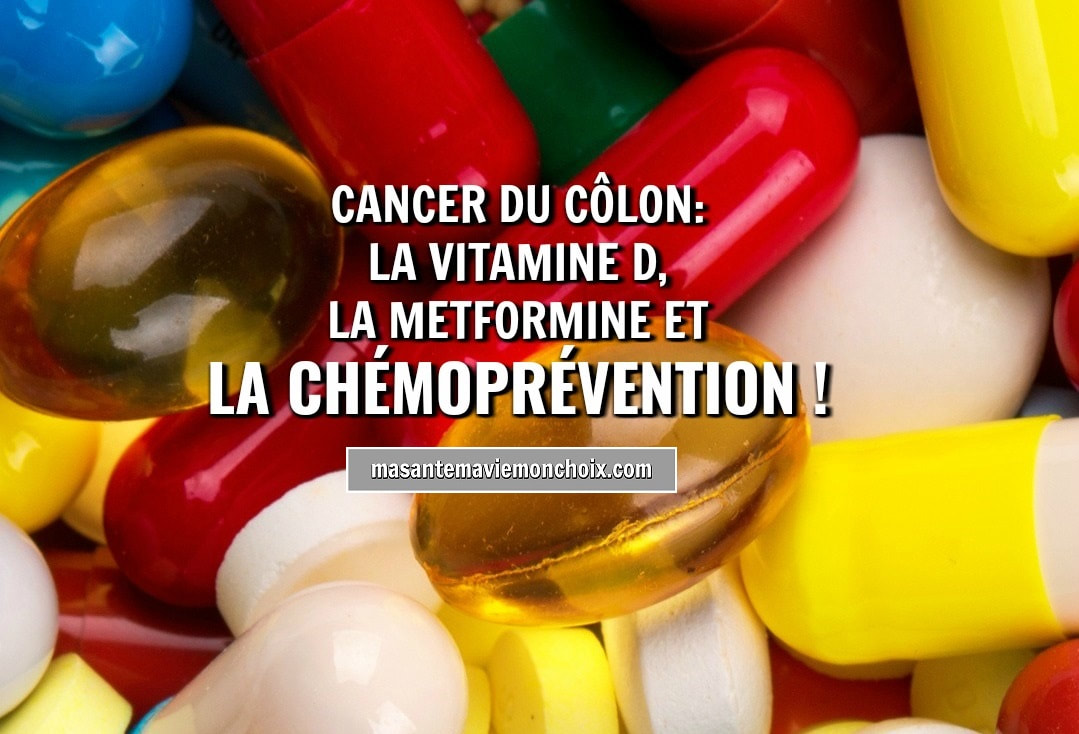
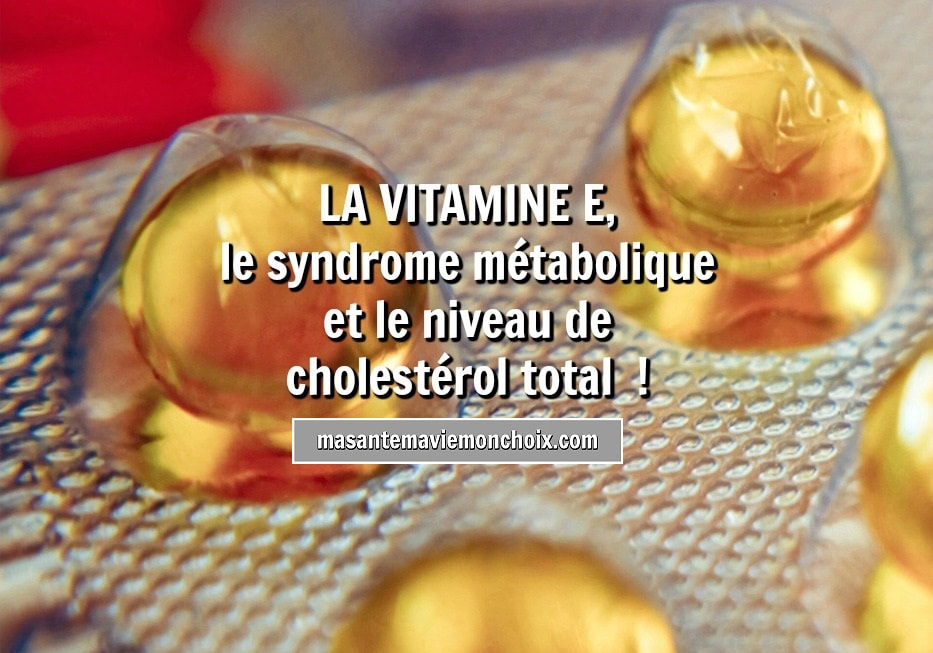


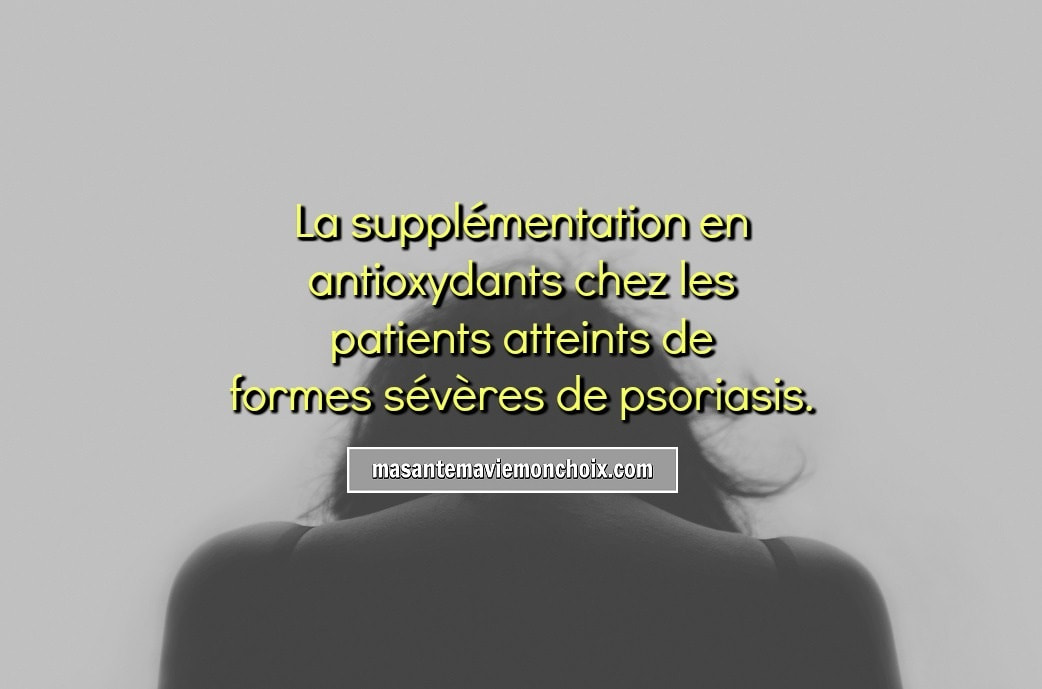
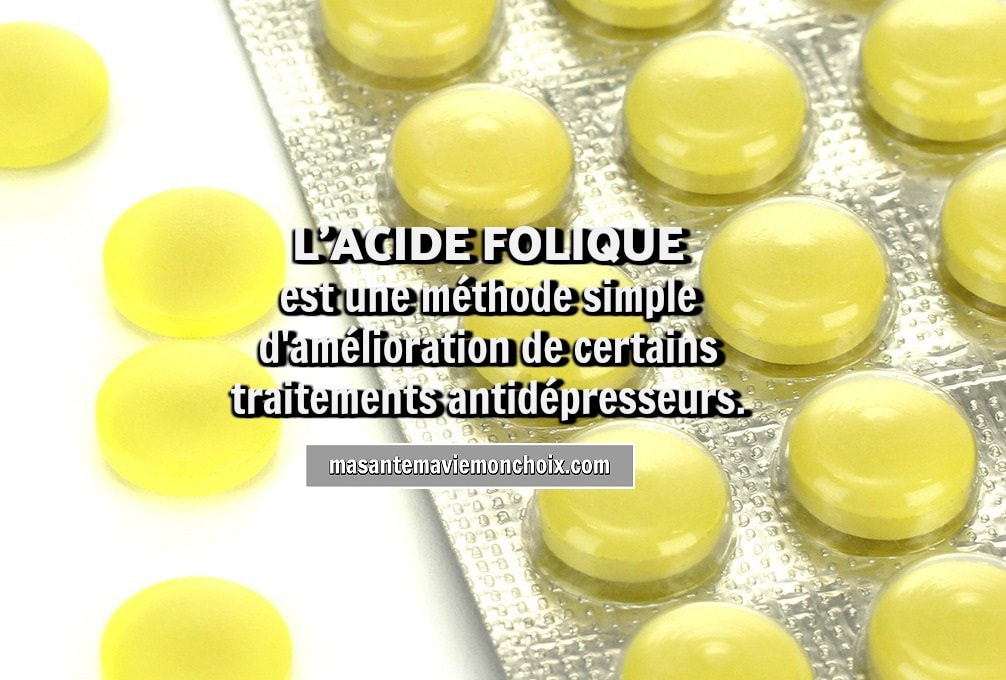
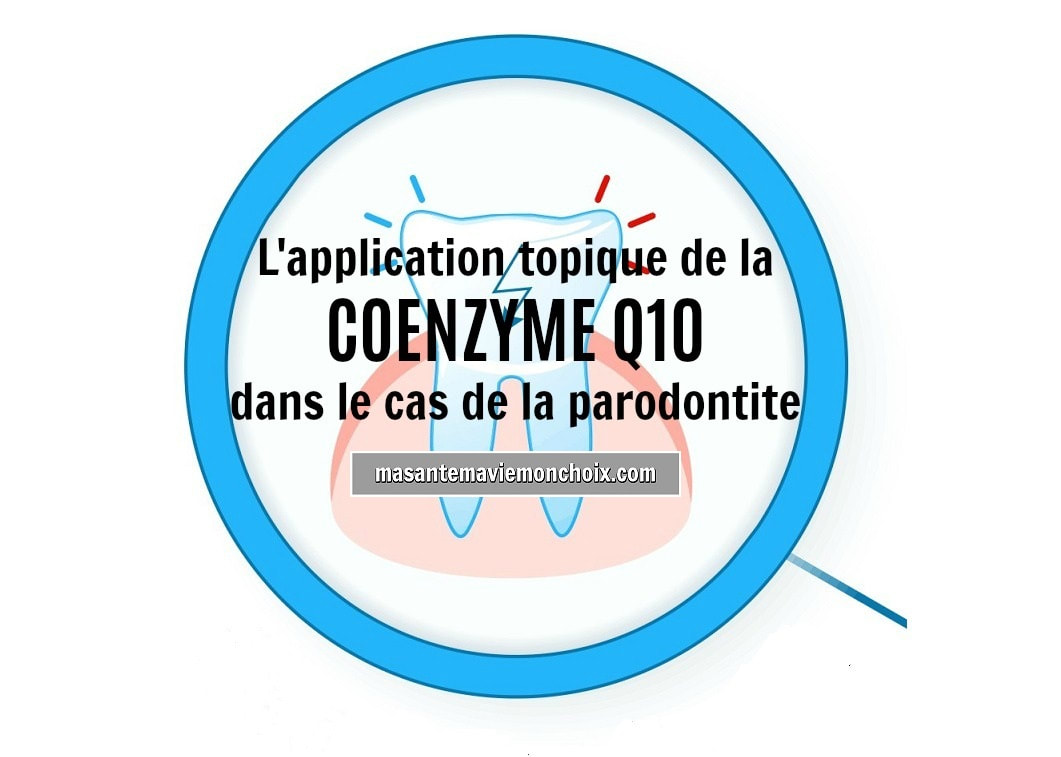
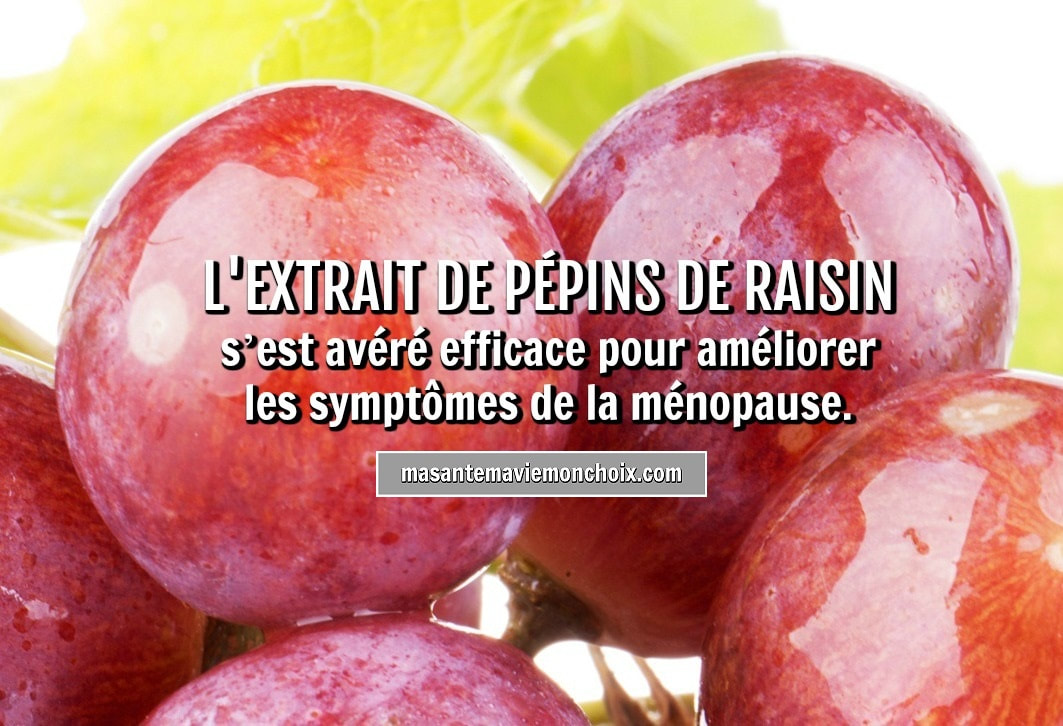
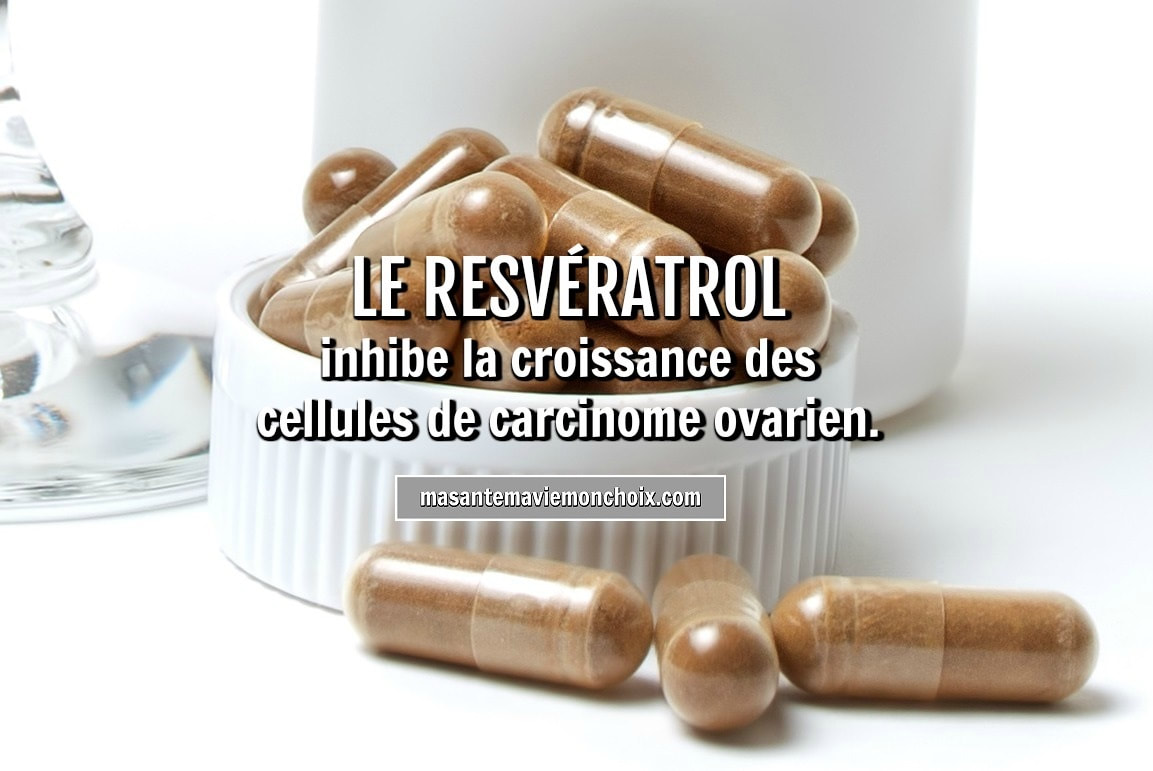
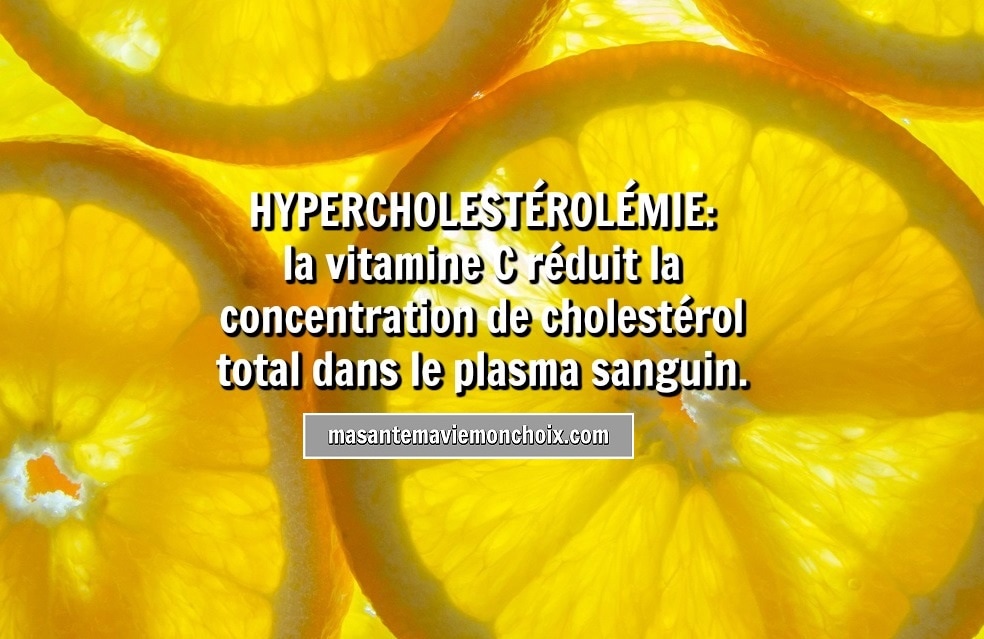
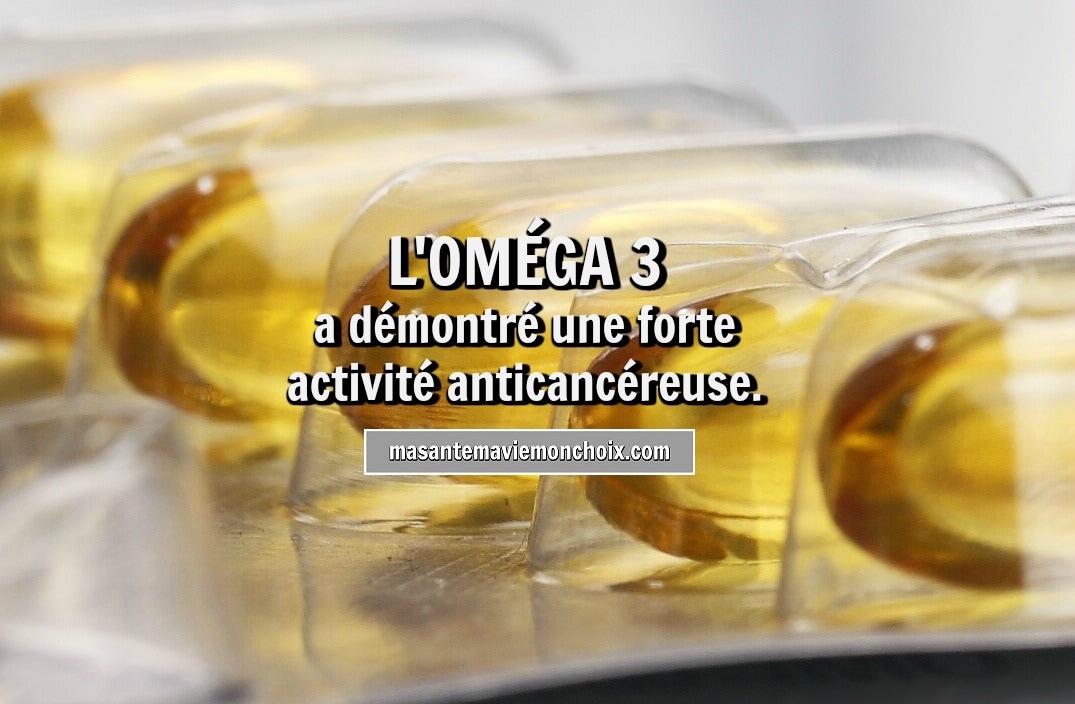
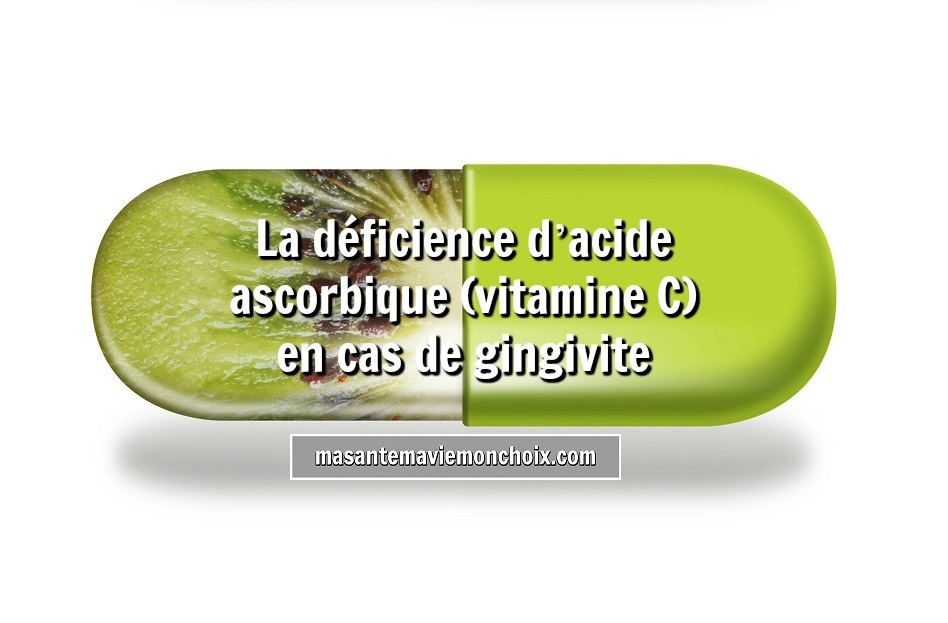
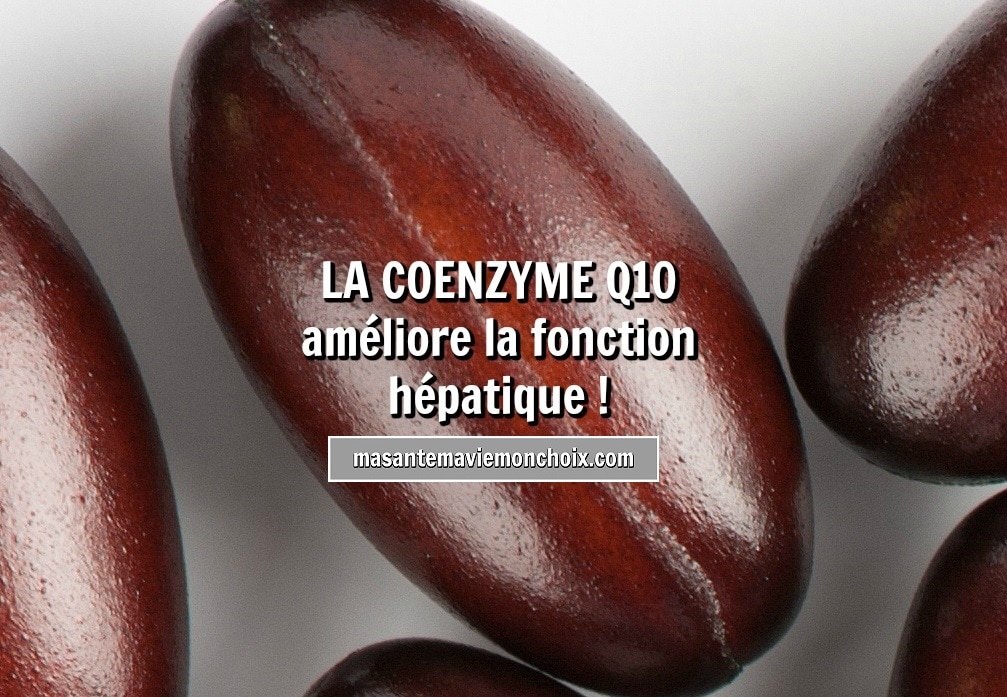
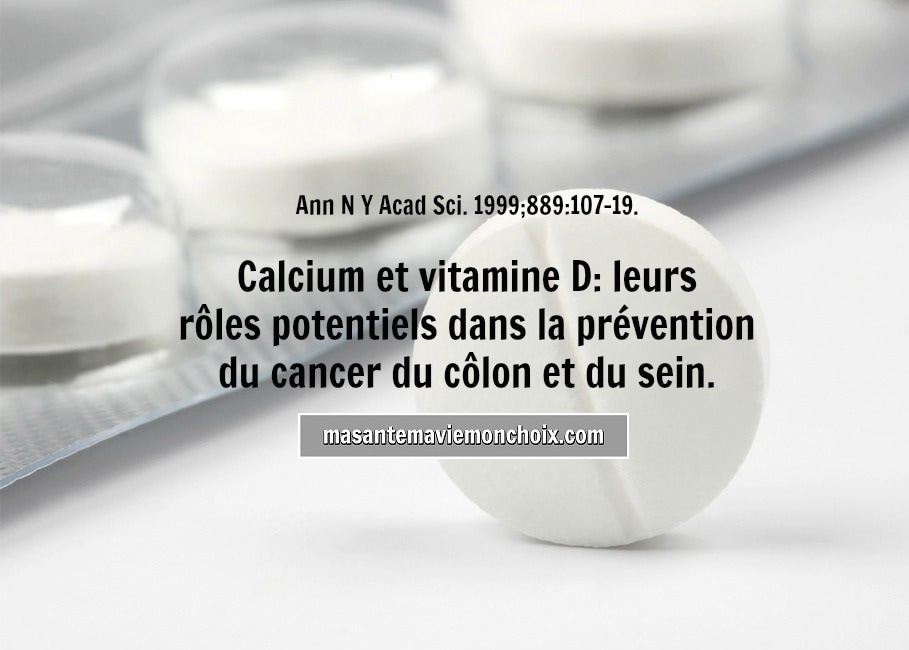
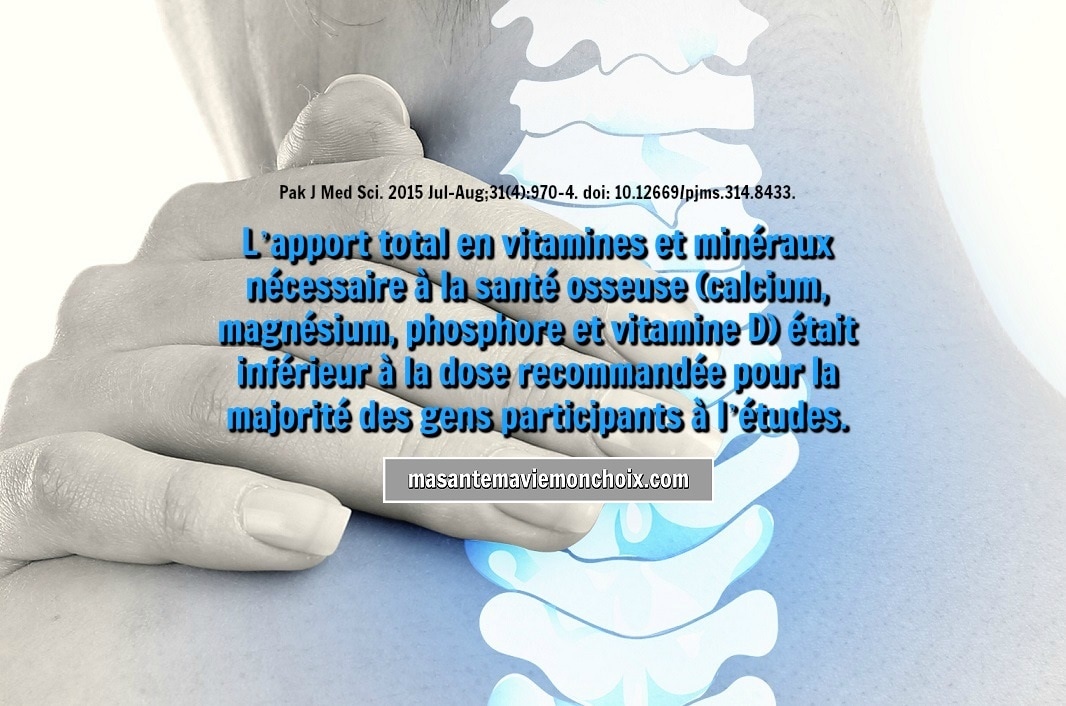

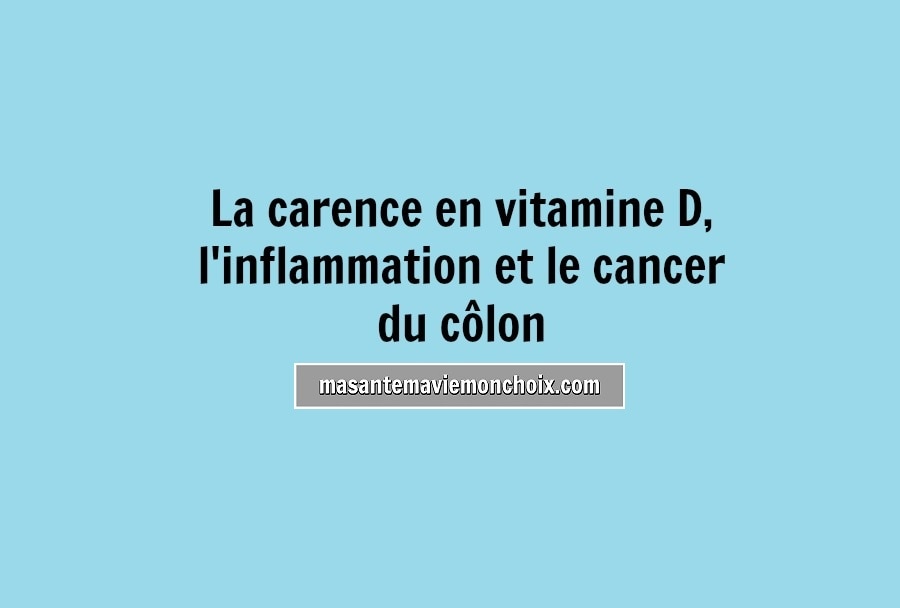
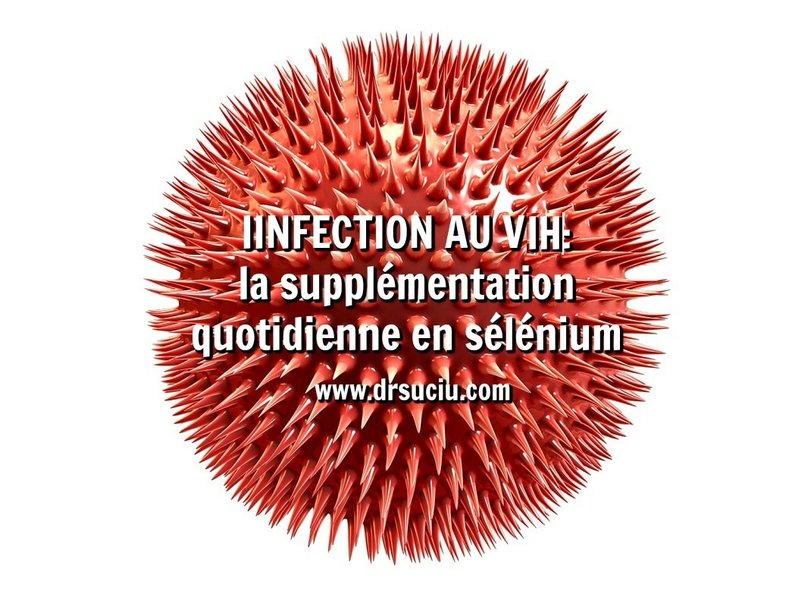
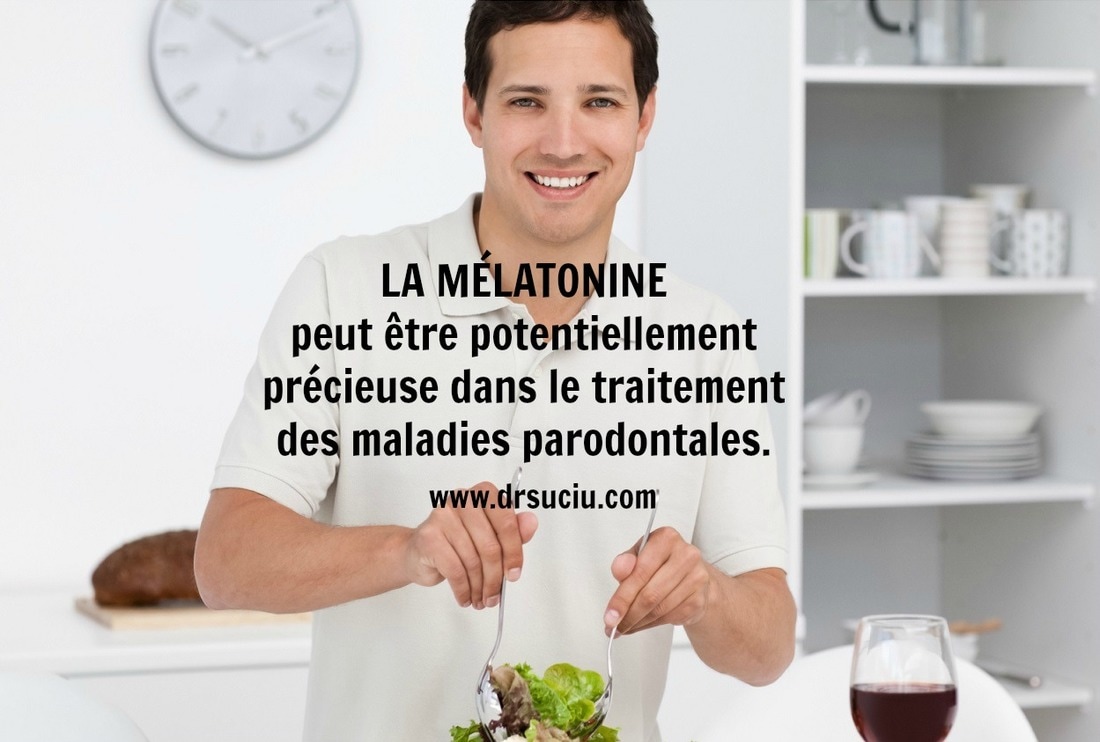
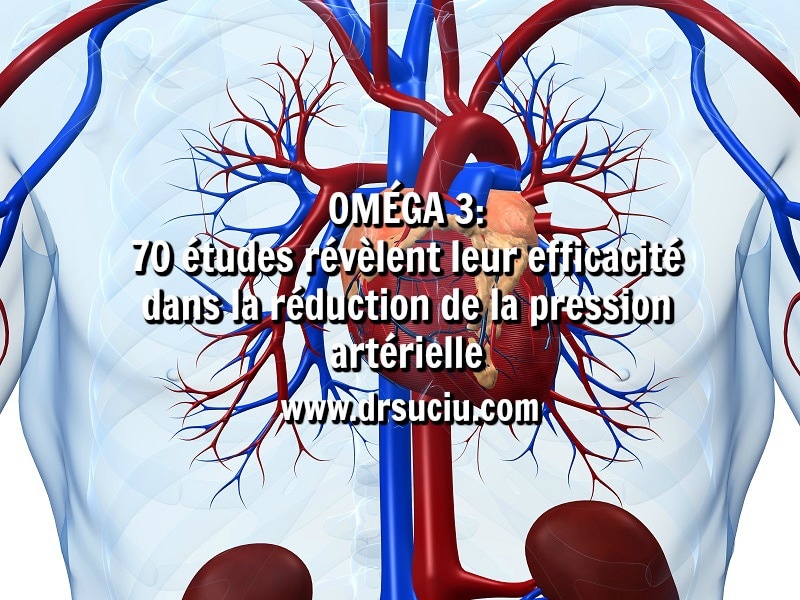
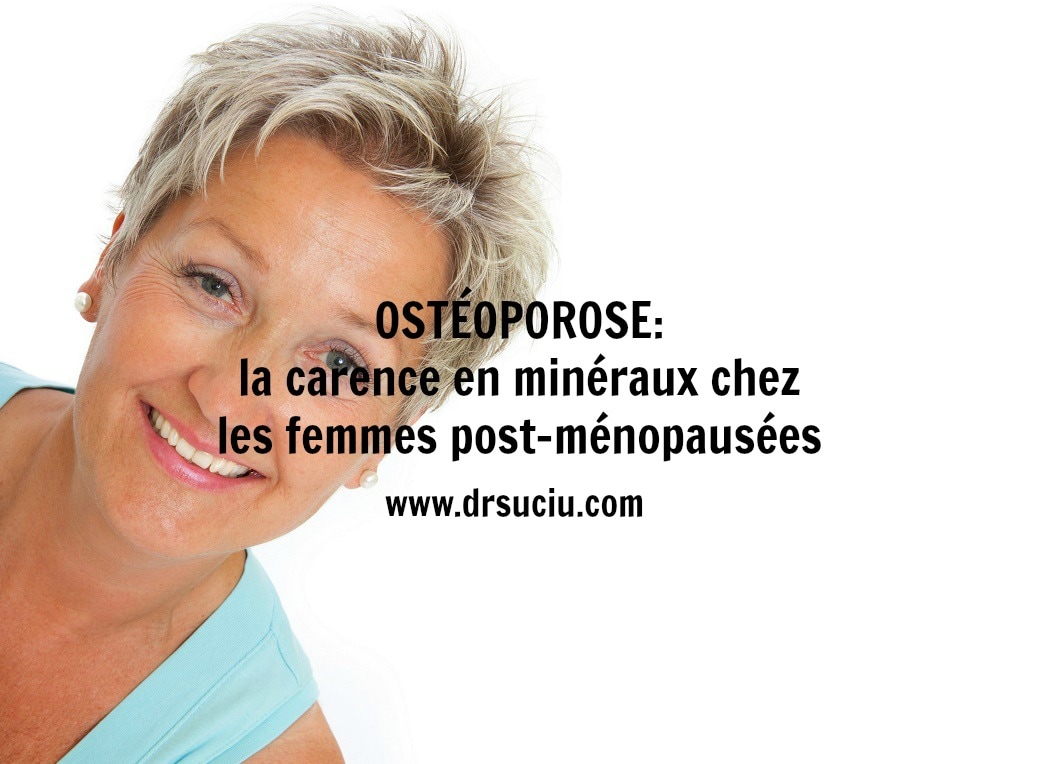
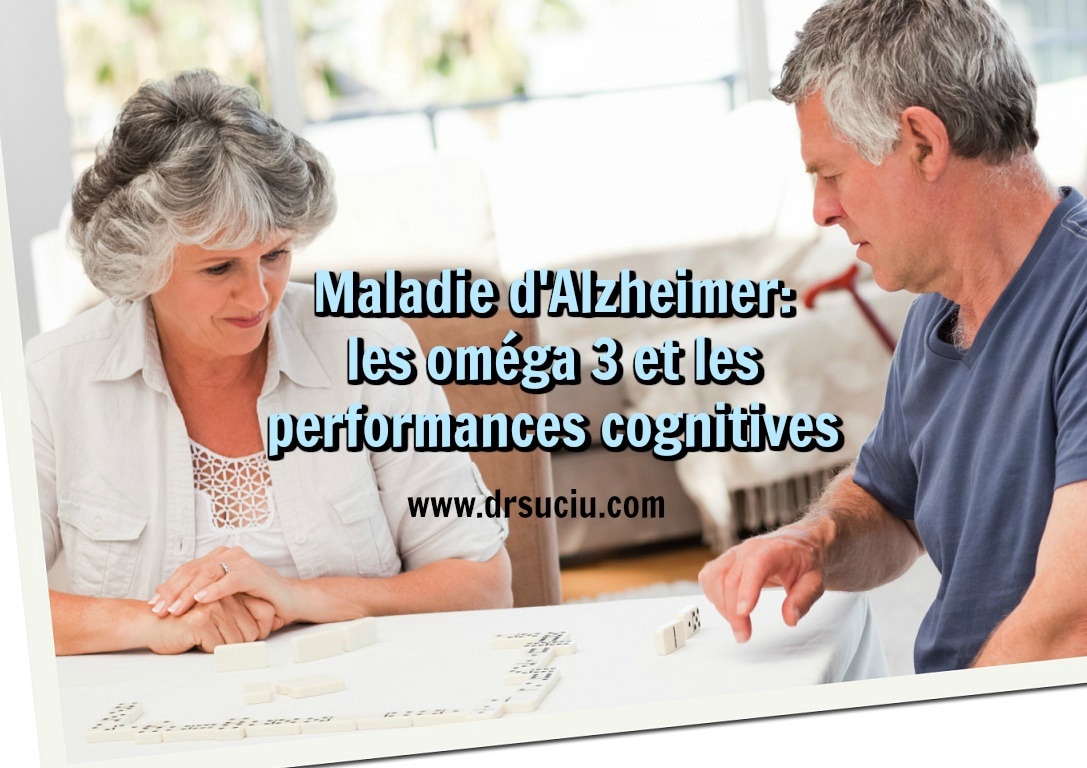
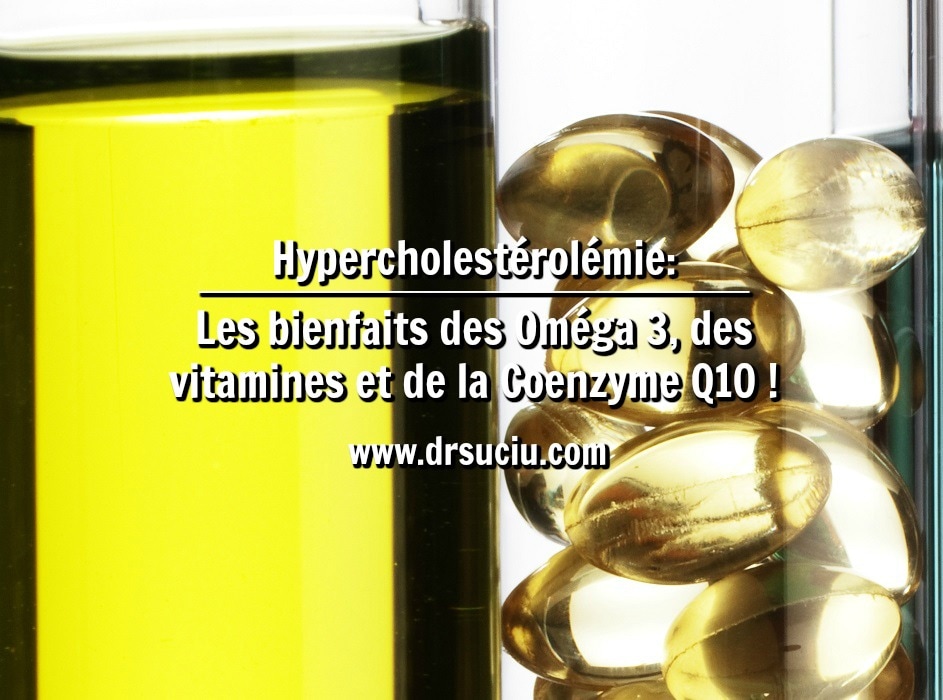
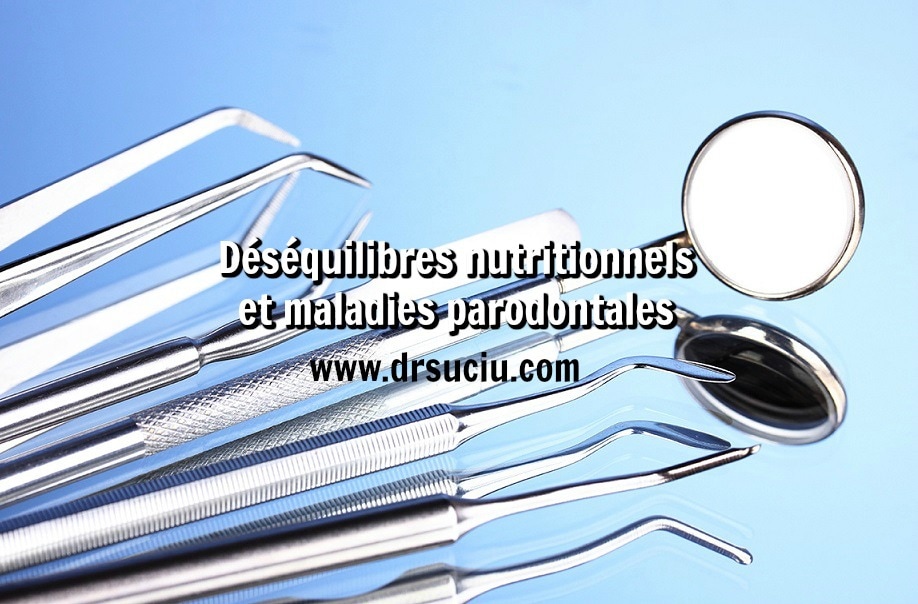



 Flux RSS
Flux RSS